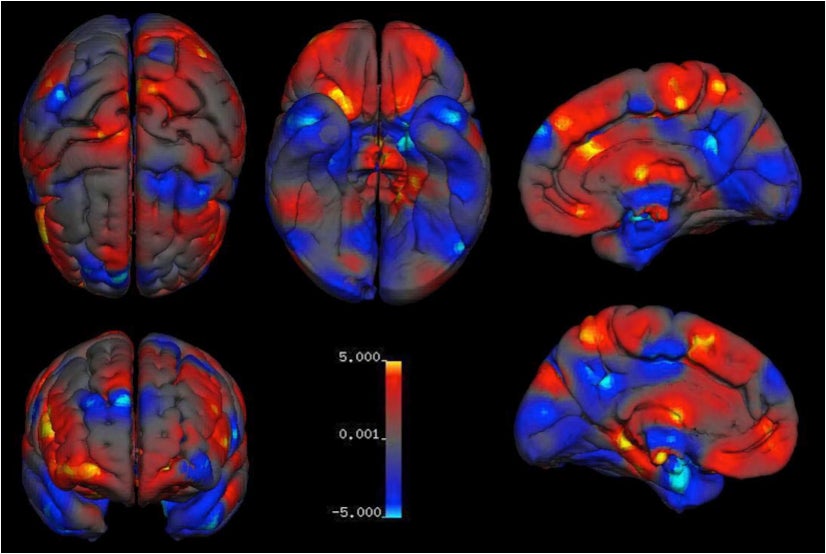Men have bigger brains than women, research reveals
Meta-study of articles published between 1990 and 2013 reveals major differences in parts of the brain that control emotions

Your support helps us to tell the story
From reproductive rights to climate change to Big Tech, The Independent is on the ground when the story is developing. Whether it's investigating the financials of Elon Musk's pro-Trump PAC or producing our latest documentary, 'The A Word', which shines a light on the American women fighting for reproductive rights, we know how important it is to parse out the facts from the messaging.
At such a critical moment in US history, we need reporters on the ground. Your donation allows us to keep sending journalists to speak to both sides of the story.
The Independent is trusted by Americans across the entire political spectrum. And unlike many other quality news outlets, we choose not to lock Americans out of our reporting and analysis with paywalls. We believe quality journalism should be available to everyone, paid for by those who can afford it.
Your support makes all the difference.A new study of thousands of brains from more than 20 years of neuroscience research has revealed the structural differences between male and female brains.
The meta-analysis of more than 126 articles published between 1990 and 2013 is the first of its kind to be conducted, and shows that on average male brains have a total volume that is between eight and 13 per cent larger than that of females.
The team from Cambridge University, led by doctoral candidate Amber Ruigrok and Professors John Suckling and Simon Baron-Cohen from the Department of Psychiatry, looked at a wide range of demographics, covering all ages from babies to pensioners to reach their conclusions.
“This is the first meta-analysis of sex differences in brain structure and in this study we summarized all the evidence we could find and tried to give an overview of what is known from the current literature,” Ruigrok told The Independent.
“Certain areas were larger in men, certain areas were larger in women, with a lot of these differences originating from in the limbic system – parts of the brain such as the amygdala and the hippocampus.”
Professor Suckling noted that “the sex differences in the limbic system include areas often implicated in psychiatric conditions with biased sex ratios such as autism, schizophrenia, and depression.”
“This new study may therefore help us understand not just typical sex differences but also sex-linked psychiatric conditions,” he added.
However, the research does not draw any direct links between brain structure and function, and the team from Cambridge stressed that the difference in volume does not have direct implications for the gender bias in psychiatric conditions.
“Previous research has shown that the prevalence, age of onset, and symptomatology of many neurological and psychiatric conditions also differ between males and females,” said Ruigrok.
“Future research should test whether sex differences in brain structure underlies skewed sex ratios of neurological and psychiatric conditions and whether brain differences that characterise such conditions are caused by the development of typical sex differences in the brain."
Join our commenting forum
Join thought-provoking conversations, follow other Independent readers and see their replies
Comments